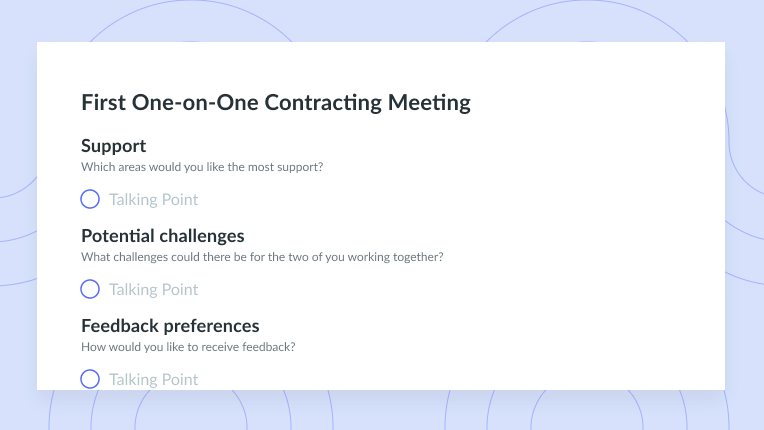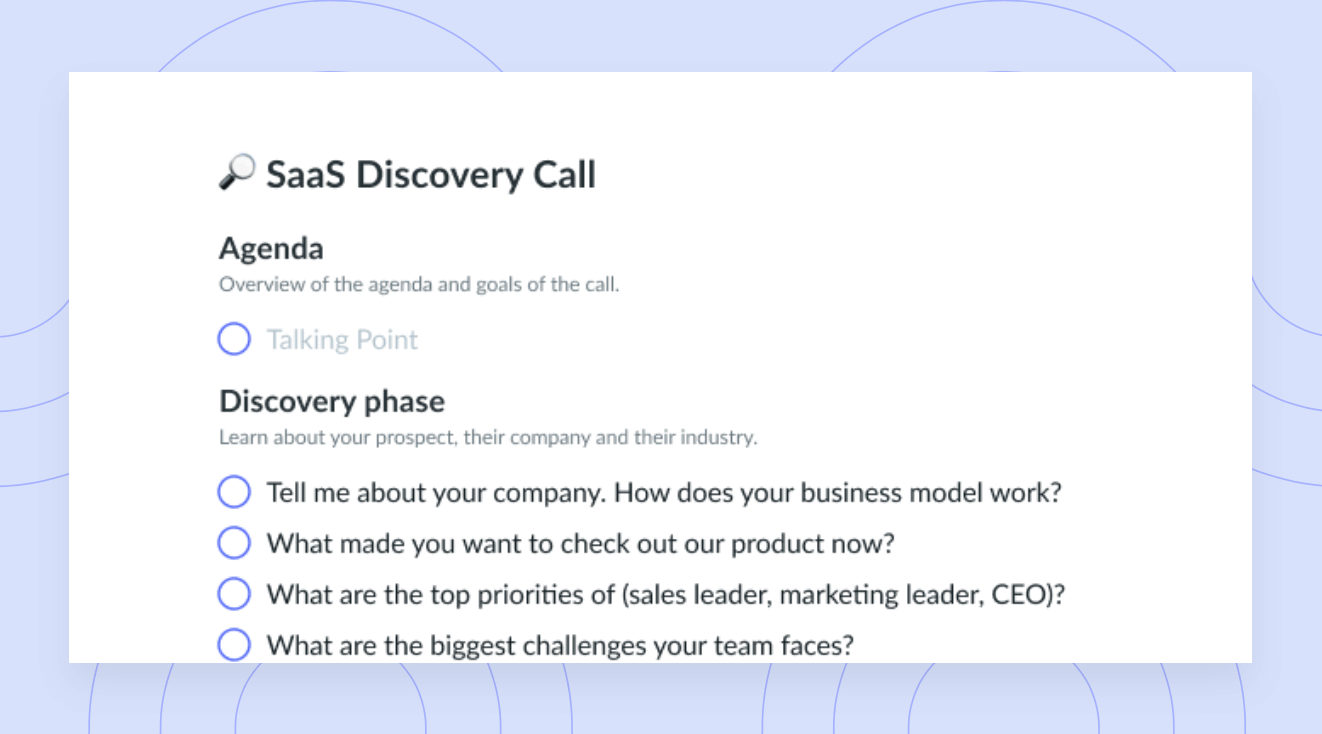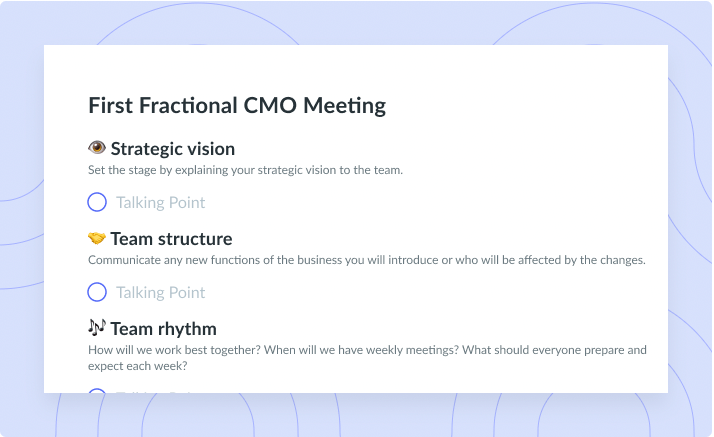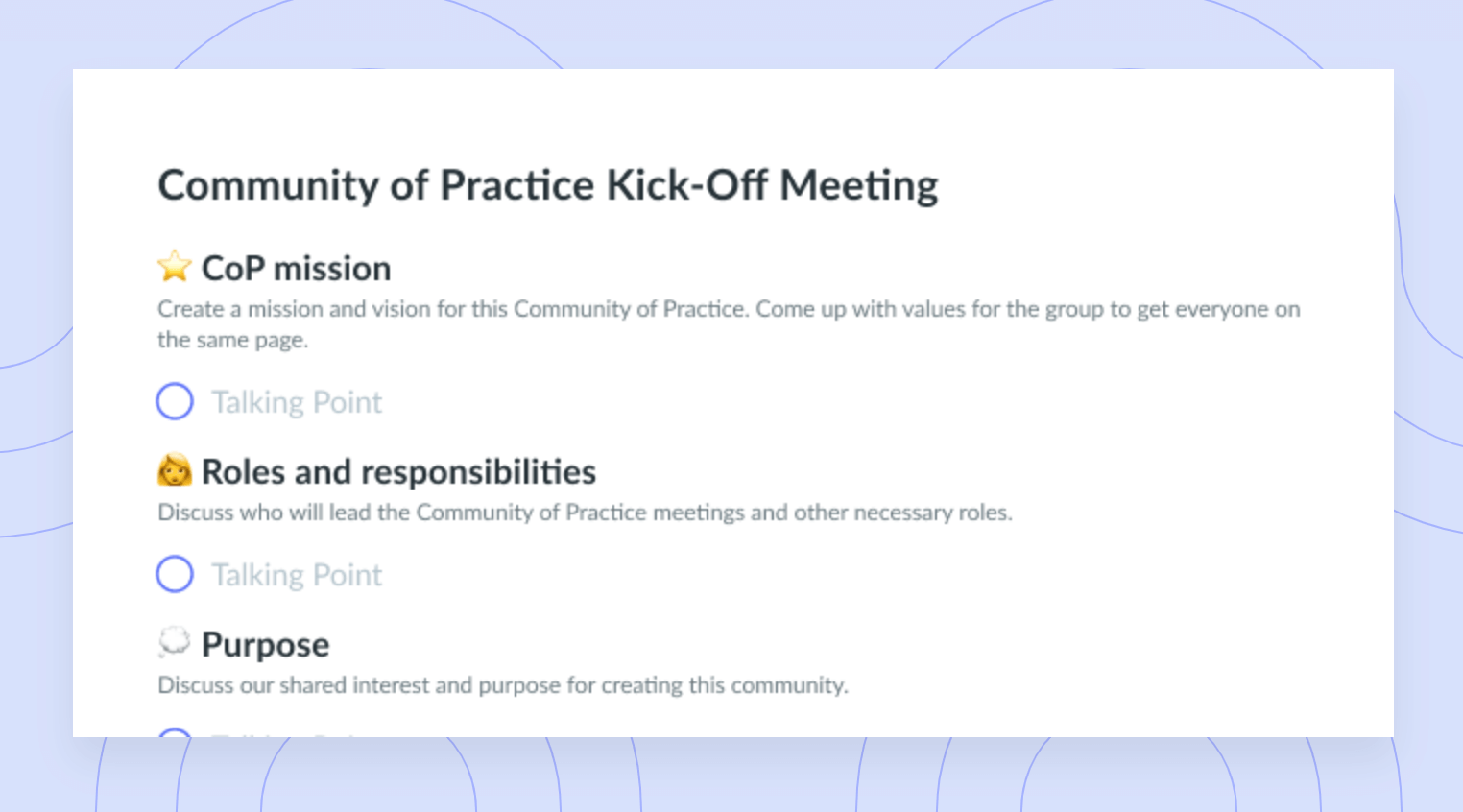Maximizing Efficiency: How CEOs and COOs Drive Company Success
Learn the importance of collaboration between CEOs and COOs and how these two work together to lead companies to success.
Just like Batman has Robin and Mario has Luigi, most chief executive officers (CEOs) have a chief operating officer (COO). Together, an effective CEO and COO can be a powerful force in business. On the contrary, a CEO and COO who don’t work well together can harm an entire company.
Let’s explore the CEO and COO roles, learn why it’s important for these two positions to collaborate, see how the roles interact within a company structure, and determine what CEOs and COOs must establish as part of their working relationship to succeed.
- What is a CEO?
- What is a COO?
- The importance of collaboration between CEOs and COOs
- How CEOs and COOs work together
- Key factors a CEO and COO must establish to succeed
What is a CEO?
The CEO is commonly the highest-ranking position within a company. In addition to overseeing the daily operations of the organization, the CEO is the person who communicates the company’s overall vision and business goals to employees and stakeholders, implements board decisions within the company, and represents the company in public-facing spaces. Individuals in this position often have an advanced and diverse set of skills.
What is a COO?
The COO is a senior executive within a company who is responsible for day-to-day business operations. The COO reports directly to the CEO and is often their second in command. COO responsibilities may include delegating tasks to departments, teams, and individuals; monitoring business costs; managing relationships with business partners; and assessing business metrics. The role requires a variety of skills including, but not limited to: strategic thinking, people management, communication, organization, and analytical skills.

Run efficient meetings, come to a decision, and get back to work
Level up your meeting habits to boost engagement and productivity with a collaborative meeting agenda. Try a tool like Fellow!

The importance of collaboration between CEOs and COOs
- Improves efficiency
- Helps alignment of goals and objectives
- Improves decision-making
- Helps overcome challenges
1Improves efficiency
Two heads are better than one. CEOs work closely with COOs to create business strategies that promote company growth and minimize risk. The CEO and COO can optimize company efficiency by leaning on each other’s strengths, providing one another with valuable feedback, and working closely to overcome company challenges. CEOs and COOs also help each other improve efficiency by maintaining an open and honest relationship that allows them to proactively approach and deal with problems before they become unmanageable.
2Helps alignment of goals and objectives
While the CEO is the person with the final say on company decisions, the COO is the one who can assess whether their vision is realistic. The CEO has an external focus, meaning they are the one collaborating with partners, investors, the board of directors, and other external stakeholders. The COO has an internal focus and bridges the gap between the CEO’s communication with these stakeholders and the rest of the company.
3Improves decision-making
It’s easy to tackle important decisions with someone you trust by your side. The CEO and COO work closely to make decisions that can benefit everyone within a company. Together, the two can decide which decision-making model will help them take on small and large company challenges. The CEO can empower the COO to make decisions that affect day-to-day company operations. The COO can also serve as a sounding board for the CEO to discuss unconventional or out-of-the-box ideas.
4Helps overcome challenges
Executives at a company are bound to deal with their fair share of challenges. CEOs can lean on COOs when dealing with issues regarding big-picture plans and shareholders’ perspectives. Alternatively, CEOs can help COOs make strategic decisions and establish company procedures when high-level changes that affect operations need to be made. Both parties can seek advice and act as a trusted advisor or coach to the other person.
How CEOs and COOs work together
1Define company strategy
Together, the CEO and COO define what strategies will benefit the company internally and the external audience, too. The CEO creates and executes the company’s vision, while the COO leads other senior executives and staff toward that vision. The two positions work closely to determine company strengths, weaknesses, opportunities, and threats, and outline tactics to help the team achieve milestone goals. Once a strategy has been designed and implemented, the CEO and COO evaluate its effectiveness and work on improving it for the next time.
2Share information
Information sharing extends beyond effective communication. In business, information sharing refers to the exchange of data between moving pieces within a team, department, or an entire company. Because CEOs and COOs are responsible for different moving parts within a company, each can benefit greatly from sharing their insider knowledge with the other. Information sharing helps teammates connect and perform better, and establishes trust, so it’s a win-win for everyone!
3Solve problems
The CEO and COO often follow the collaborative problem-solving process to develop effective solutions. The two parties begin the process by identifying the problem and explaining its significance as a threat to the business. Once they’ve gathered the necessary information to generate possible solutions, they consider the feasibility of their options. Next, they need to reach a consensus about the best solution to the problem. Lastly, the COO is generally responsible for implementing the steps of the solution, while the CEO communicates the outcome to the organization and relevant stakeholders.
4Make decisions
As previously mentioned, CEOs and COOs make important decisions together. As the CEO’s partner, the COO should be able to identify key business problems, lead strategies and planning efforts, and use skills like detail orientation to carefully oversee operational functions. As the final decision maker, the CEO needs to have all available information on hand to make choices that impact everyone. When in doubt, the CEO and COO can ask, “What decision is best for the organization and the people who will be affected?” and move forward from there.
Key factors a CEO and COO must establish to succeed
- A common understanding of the company’s vision, mission, and values
- A shared perspective on their roles
- Open and transparent communication
- A consistent communication schedule
1A common understanding of the company’s vision, mission, and values
An outlined vision for an organization defines the company, its products and services, and its customers. When a CEO and COO share a common understanding of what their business does, how it does it, and who it does it for, it’s easier for them to make collaborative decisions that benefit everyone. Each year, the leadership team should gather to determine whether the vision, mission, and values of the company require changes. Then, the CEO and COO can establish operational goals that reflect these adjustments, if any.
2A shared perspective on their roles
It can be tricky to collaborate as CEO and COO without occasionally stepping on each other’s toes. There’s a lot of natural overlap between the roles, so CEOs and COOs need to establish a shared perspective on their positions and how they should support each other. One way to do so is by creating a division of responsibilities chart that outlines who on the executive team is responsible for what.
3Open and transparent communication
Transparency in the workplace means sharing information openly with your team members to benefit both the business and the workforce. In a healthy CEO-COO relationship, both parties should be comfortable challenging each other and sharing honest feedback. The COO should feel empowered to make decisions independently while also engaging in constructive criticism and difficult conversations during meetings. The CEO should trust the COO to support and deliver on their mission without seeing the COO as a threat to their leadership. Both parties also need to operate without ego.
4A consistent communication schedule
If you’re a CEO or COO, schedule regular recurring one-on-one meetings with your teammate to chat about important matters that arise on a daily, weekly, or monthly basis. One-on-one meetings will allow you to identify and address blockers, pivot on projects that need redirection, and help each other grow in your roles.
Use Fellow to level up your leadership meetings! With our tool, you can build collaborative meeting agendas, record decisions, and hold each other accountable. Encourage continuous improvement by giving your CEO or COO counterpart feedback on projects and performance as work happens.
Parting advice
CEOs and COOs are a match made in heaven. When the alliance between two individuals in these positions is strong, they are an unstoppable force in business. Individuals in these positions should have skill sets that complement each other and increase the capabilities of the leadership team. A great CEO-COO duo can tangibly visualize success and prioritize a roadmap that focuses on high-value company initiatives.
Whether you’re a CEO or COO, work closely with these positions at your company, or intend to ascend to the C-suite someday, having a good understanding of the two roles and how they interact will help you navigate your career and organization.








![COO Meeting Agenda: 6 Things to Include & Top Tips [+ Free Templates]](https://fellow.app/wp-content/uploads/2022/06/COO-Meeting.jpg)







![1-on-1 between CEO and Executive [Lobbyist Association] Template](https://fellow.app/wp-content/uploads/2021/09/1-on-1-between-CEO-and-Executive-Lobbyist-Association-preview.png)











